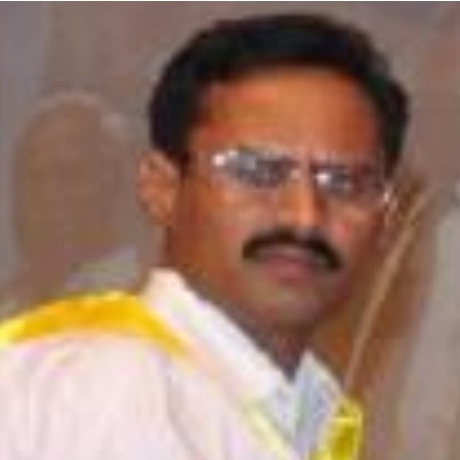
Siddesh G K
Work place: Dept. of ECE, JSSATE, Uttarahalli-Kengeri Rd, Bengaluru, India
E-mail: siddeshgundagatti@gmail.com
Website:
Research Interests: Image Compression, Computer Networks, Image Processing, Data Compression, Data Structures and Algorithms
Biography
Dr. Siddesh G K(born July 10 1974) presently working as Professor and HOD in Electronics & Communication Engineering department of JSSATE Bangalore. He has done his Phd in the field of Ad-Hoc wireless communication. Siddesh G K is awarded with “Best Professor in Electronics & Communication Engineering” from Dewang Mehta National Education Award on 20th September 2017 at Vivanta Taj, Bengaluru.
Author Articles
Interference Mitigation and Mobility Management for D2D Communication in LTE-A Networks
DOI: https://doi.org/10.5815/ijwmt.2019.02.03, Pub. Date: 8 Mar. 2019
Interference and Mobility management are the main parameters which affect the signal capacity and reduce the transmission efficiency for D2D communication in LTE-A networks. When the users are in the same spectrum, due to the coexistence of D2D pairs and cellular users interference management becomes a critical issue. In this paper, we introduce an interference management algorithm that maximizes the performance of D2D communication in LTE-A networks for both uplink and downlink transmissions. Optimal routing selection techniques reduce the total path distance which helps to minimize the interference and improve the overall network capacity. Mobility management is also a challenging issue in IP-mobile networks. When two DUEs change their locations from one BS to the other, handover delay calculation becomes very important to maintain the communication without interruption. In this paper we show power control techniques which helps to reduce the effect of interference and also we addressed a method for the lower delay under complex mobility issues with uninterrupted D2D communication.
[...] Read more.Codec with Neuro-Fuzzy Motion Compensation & Multi-Scale Wavelets for Quality Video Frames
DOI: https://doi.org/10.5815/ijigsp.2017.09.02, Pub. Date: 8 Sep. 2017
Virtual Reality or Immersive Multimedia as it is sometimes known, is the realization of real-world environment in terms of video, audio and ambience like smell, airflow, background noise and various ingredients that make up the real world. This environment gives us a sense of reality as if we are living in a real world although the implementation of Virtual Reality is on a laboratory scale. Audio has attained unimaginable clarity by splitting the spectrum into various frequency bands appropriate for rendering on a number of speakers or acoustic wave-guides. The combination and synchronization of audio and video with better clarity has transformed the rendition matched in quality by 3D cinema. Virtual Reality still remains in research and experimental stages. The objective of this research is to explore and innovate the esoteric aspects of the Virtual Reality like stereo vision incorporating depth of scene, rendering of video on a spherical surface, implementing depth-based audio rendering, applying self-modifying wavelets to compress the audio and video payload beyond levels achieved hitherto so that maximum reduction in size of transmitted payload will be achieved. Considering the finer aspects of Virtual Reality we propose to implement like stereo rendering of video and multi-channel rendering of audio with associated back channel activities, the bandwidth requirements increase considerably. Against this backdrop, it becomes necessary to achieve more compression to achieve the real-time rendering of multimedia contents effortlessly.
[...] Read more.Other Articles
Subscribe to receive issue release notifications and newsletters from MECS Press journals